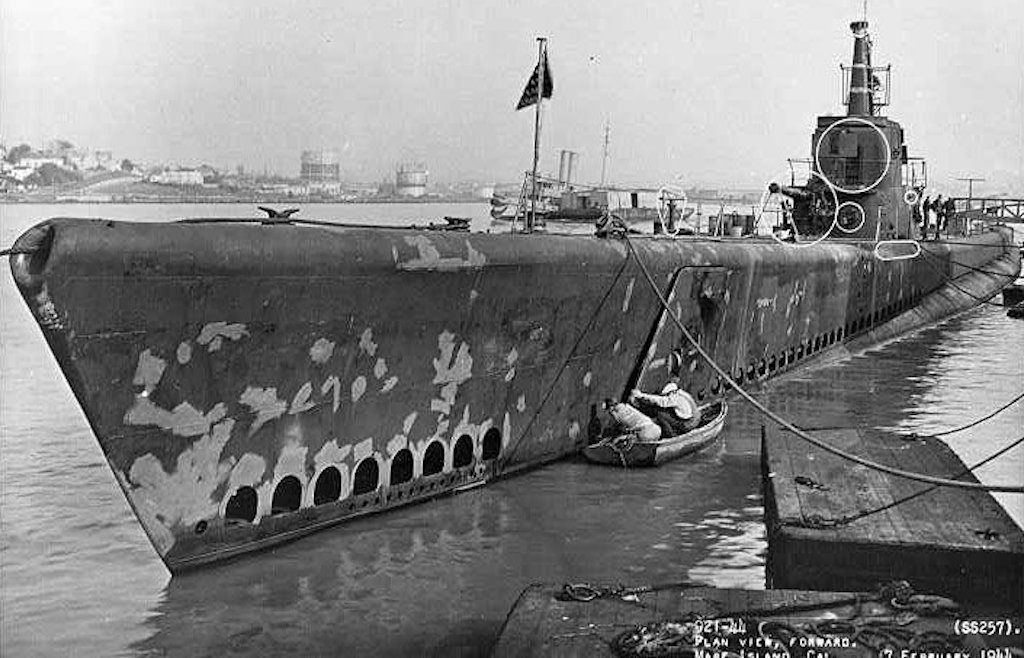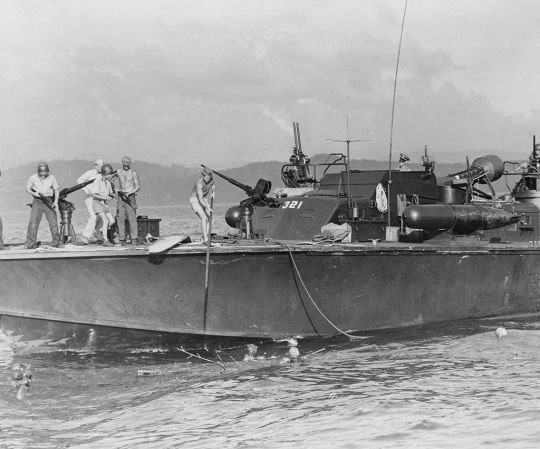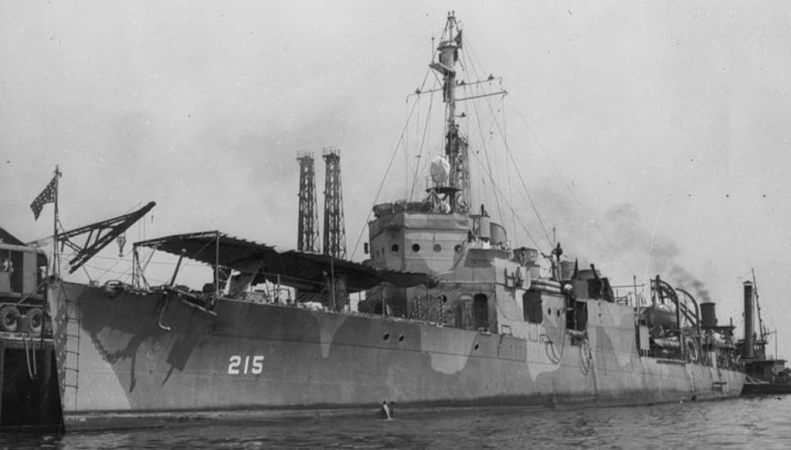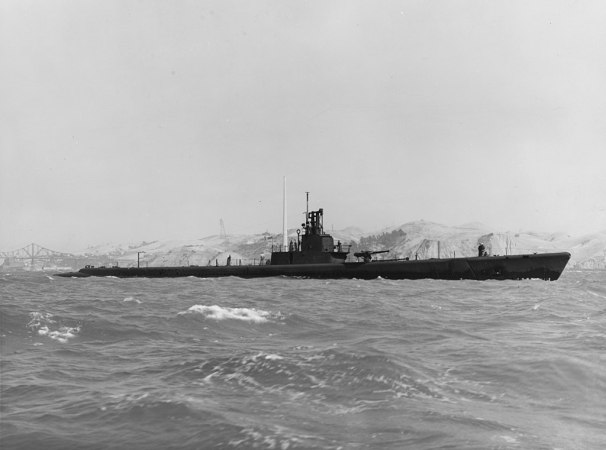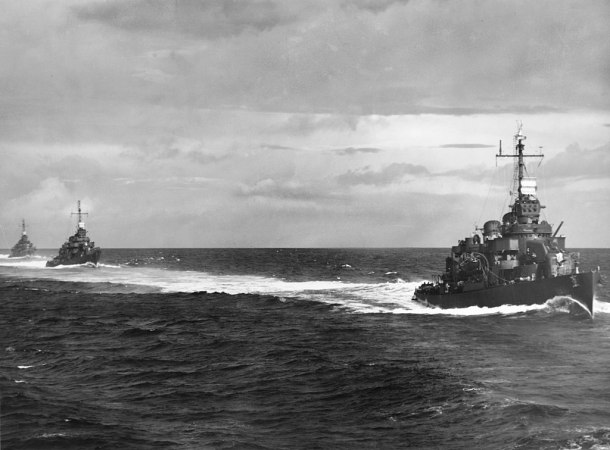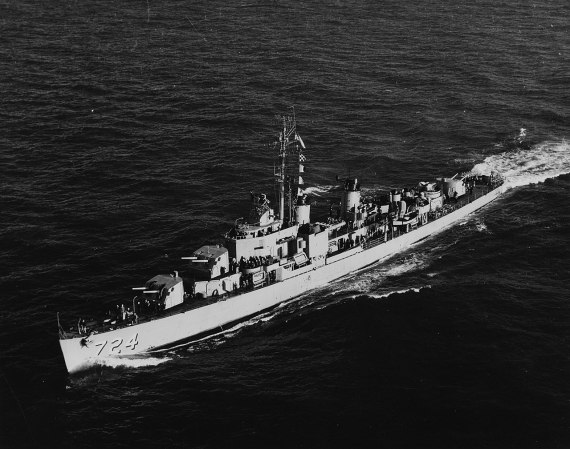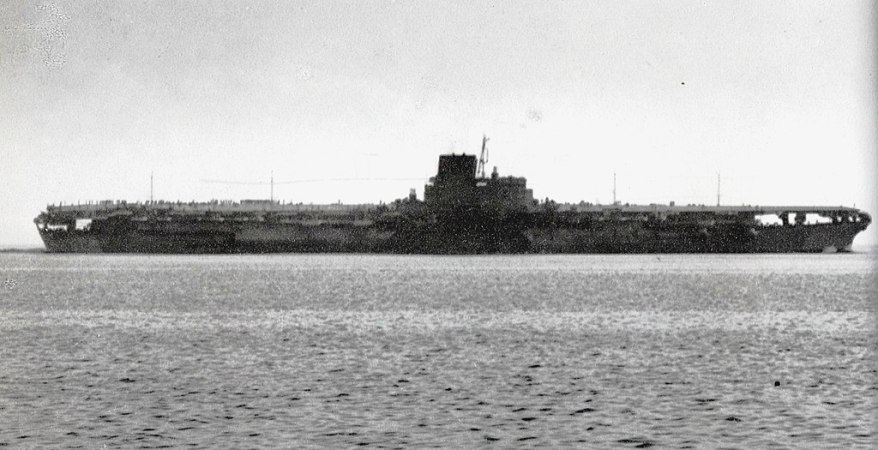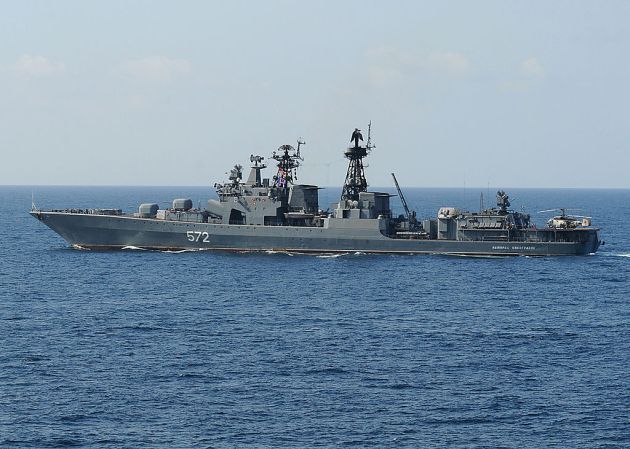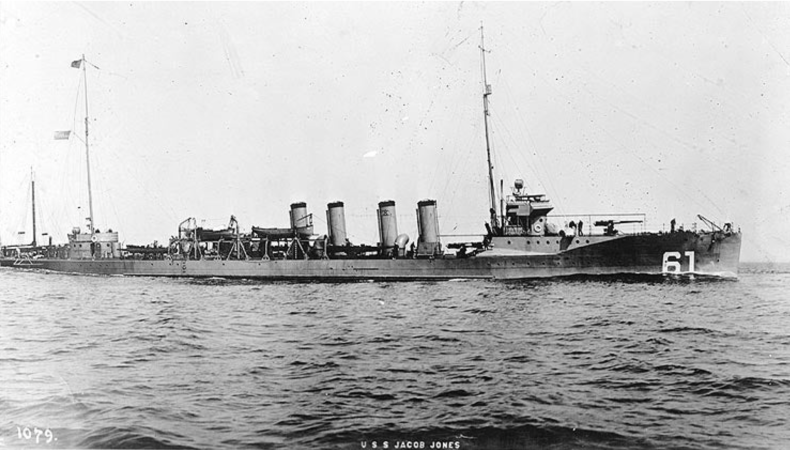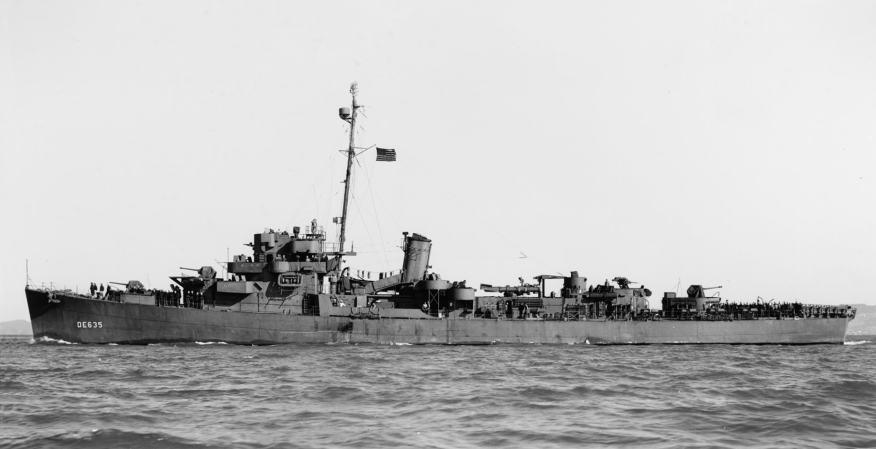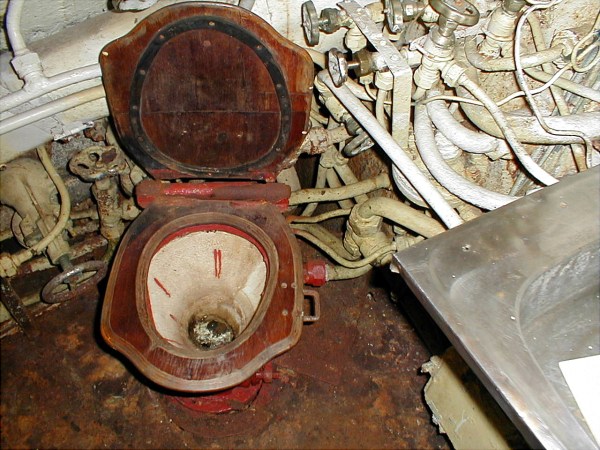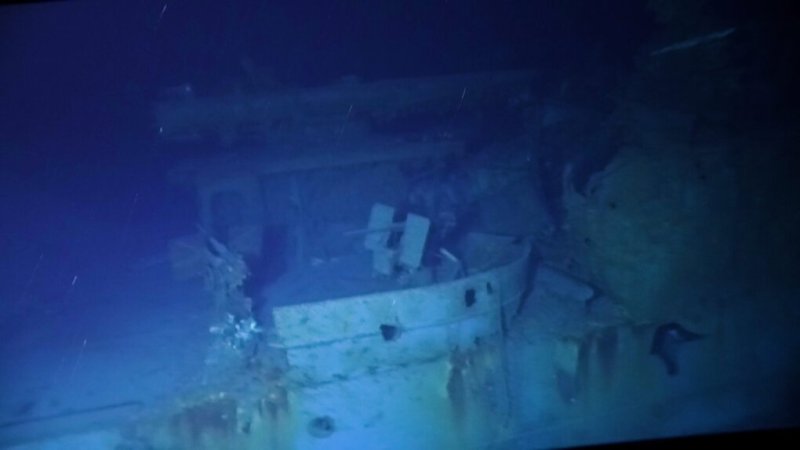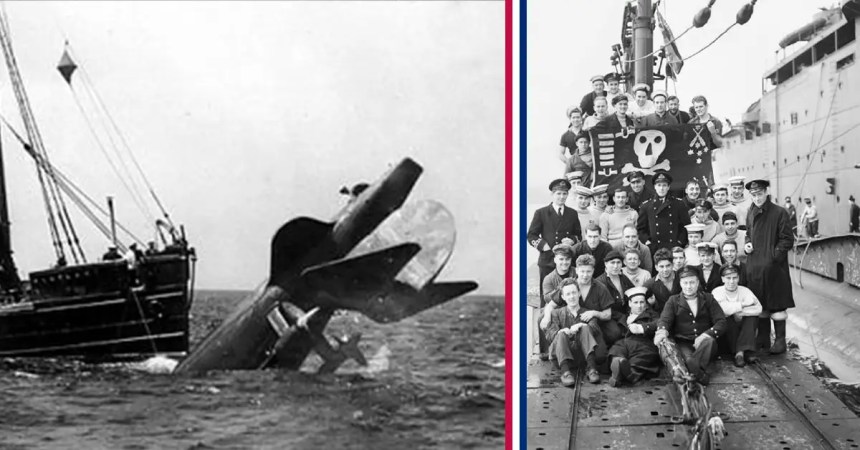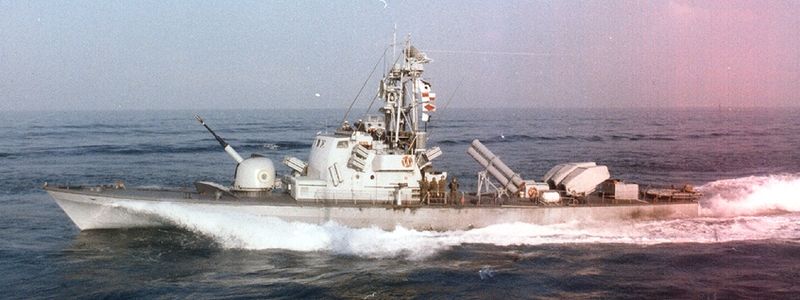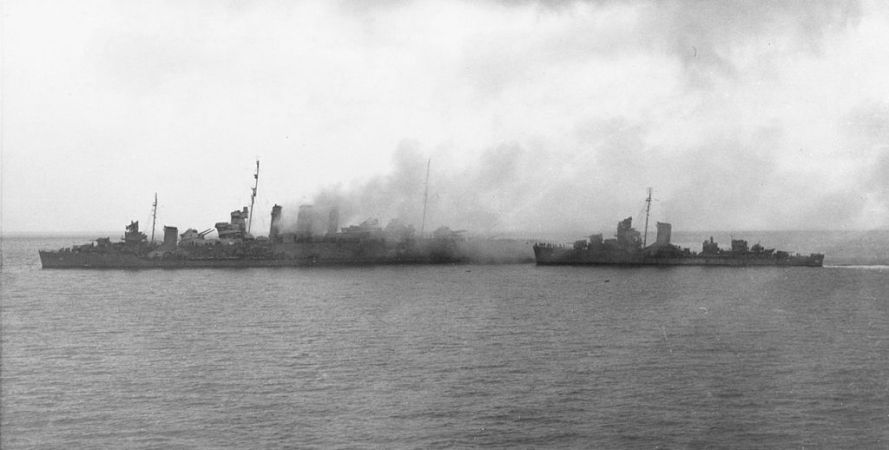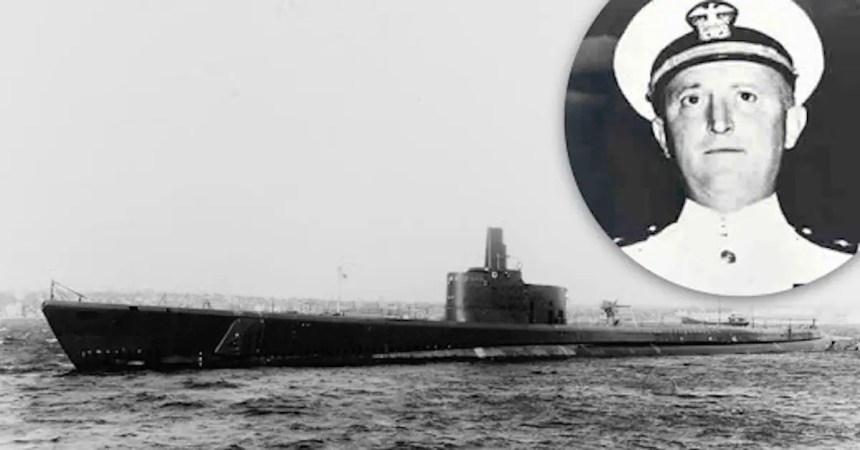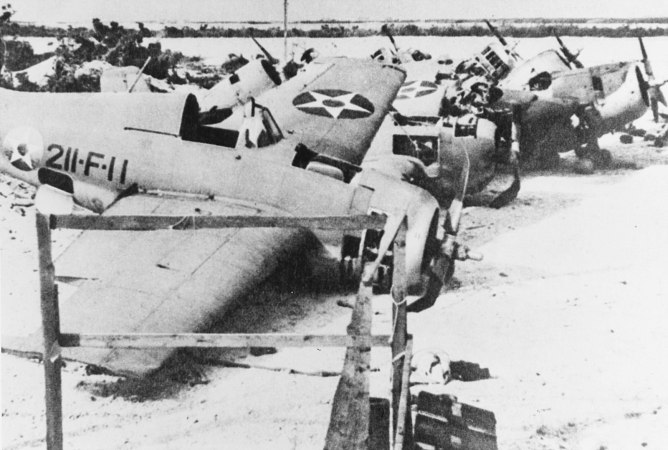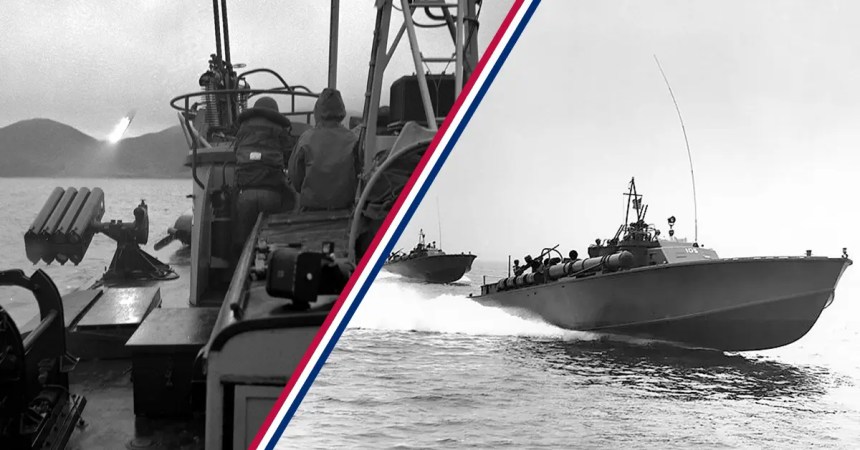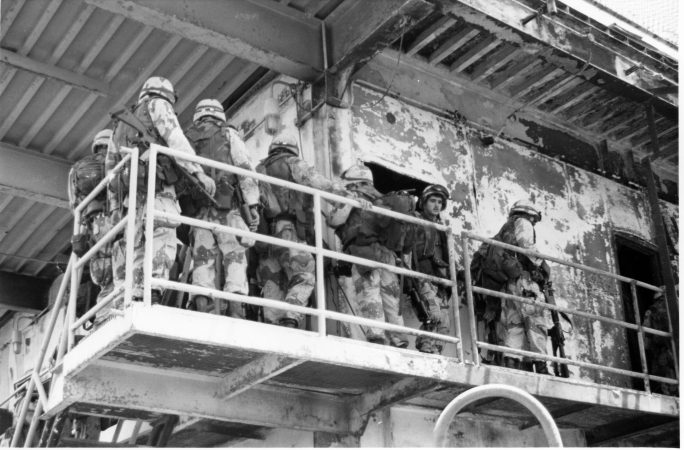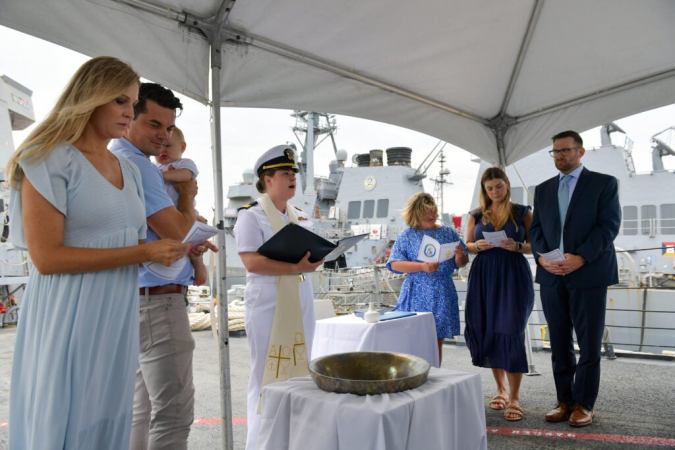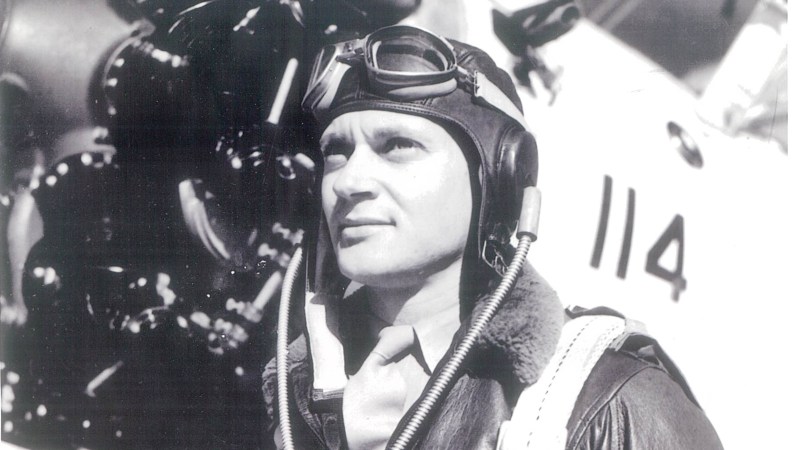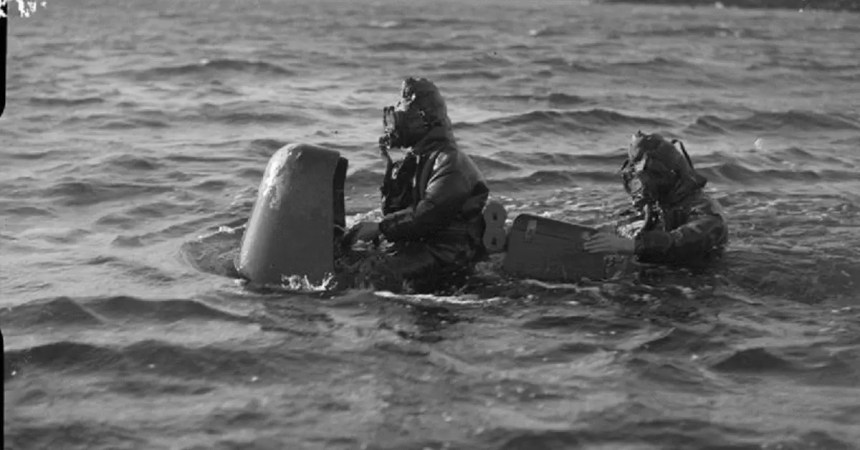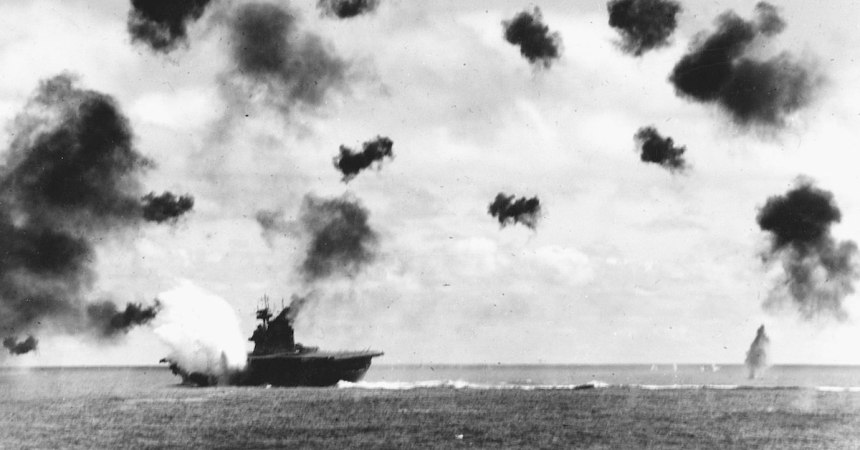The American submarine USS Harder and its crew quickly established themselves as avid hunters in World War II. Sent against Japanese merchant shipping, the sub quickly claimed 14 Navy and supply ships in just four patrols, including the forced beaching of the aircraft transport Sawara Maru. And it saved fighter ace Ensign John Galvin during a daring April 1944 rescue. But it was the fifth patrol that made the USS Harder and its commander, Cmdr. Samuel Dealey, World War II legends.
The legendary USS Harder attacks Tawi-Tawi
According to numbers assembled by a submarine officer, the average submarine attacked almost three Japanese ships per patrol and sank less than one, but the USS Harder sank more than four per patrol on its first four outings.
For its fifth trick, it departed Freemantle, Australia on May 26, 1944, and targeted Japanese naval ships headed into or out of Tawi-Tawi. The base there protected nearby oil fields and allowed ships to refuel. It was strategically valuable, poorly protected, and a constant hive of activity.
Because Japanese forces never built an airfield on the island, U.S. submarines mostly had to worry about ships. But fully armed Japanese ships mixed in with every convoy, making attacks there a fraught mission.
Harder kills the sub hunters
Less than two weeks after departing Australia, the Harder took up a position at Sibutu Passage, a major transit point for ships moving between the Sulu Sea and the Celebes Sea. The Harder spotted and pursued a Japanese fuel convoy, but the escort ships caught sight of it and launched their own attack.
A destroyer, the Minatsuki, charged at the Harder, but the sub fired three torpedoes in response. Two hit home and quickly sunk the ship.
The crew had killed their attackers in a single defensive torpedo spread. The next morning, they were back on the hunt.
This time, a spotter aircraft saw the American sub. Japanese forces vectored in another destroyer to kill the Harder. Again, the sub launched three torpedoes, saw two detonate against the target, and witnessed their attacker sink. This time, the attack hit a ship magazine and started a fireworks show.
On June 9, the Harder spotted two enemy destroyers at night and launched torpedo spreads at each. Both destroyers took catastrophic damage from two hits apiece. According to the Harder’s war report, it quickly surfaced to see its handiwork:
We came up just 2000 yards from the attack. Neither destroyer remained, but a large cloud of steam and heavy vapor hung over the spot where the first destroyer had been and a lighted buoy burned over the spot where the second ship had gone down.
USS Harder Fifth War Patrol Report, https://catalog.archives.gov/id/305244
The crew submerged to avoid planes hunting for it but was spotted a little after 11 p.m. when it re-surfaced to charge its batteries. It spent the rest of the night dodging fire and slipping under a thermocline in the water to hide from Japanese sonar.

Harder decides to “Hit ‘Em Harder
The USS Harder’s motto was “Hit ‘Em Harder,” and the crew proved willing on June 10. By that morning, the Harder had already recovered most of an Australian commando unit from Borneo and sank four destroyers. According to the patrol report, dodging Japanese aerial bombs all night made the men tired.
The commander and crew could’ve been cautious for the rest of the patrol and still gone home heroes. But then Dealey and his crew spotted a Japanese task force of battleships, cruisers, and destroyers. The Japanese spotted the Americans in turn, and a Japanese destroyer charged the little submarine to kill it or force it away.
Dealey decided, instead, to jam torpedoes down its throat. Dealey fired three torpedoes and ordered a crash dive at just 1,500 yards. Two torpedoes struck home with the Harder just 80 feet underneath the target. The sub shook from the blast of its own torpedoes and then spent hours dodging depth charges from the task force.
The fallout and the loss of Dealey and the USS Harder
The Japanese admiral at Tawi Tawi, Adm. Soemu Toyoda, took the loss of five destroyers in four days badly. The attacks by Harder came amidst repeated subterfuge by the larger U.S. Navy in the Pacific, making Toyoda even more unsure of where America was heading next. Many historians credit Harder’s attacks with convincing Toyoda to send the fleet from Tawi Tawi, an action that left it more vulnerable during the imminent Battle of the Phillippine Sea.
The USS Harder commander and crew returned from their fifth patrol as heroes. They received a Presidential Unit Citation for their impactful warfighting.
Unfortunately, on their sixth patrol, the USS Harder was lost. It led a five-boat wolf pack deep into Japanese waters and successfully scrapped with multiple convoys. On August 24, 1944, a Japanese attacker headed for a sub near the Harder.
Dealey and his crew zipped in between the combatants to take the ship’s attention away. It worked, and the Japanese fired 15 depth charges at the USS Harder, apparently sinking it. The other sub never heard the Harder’s screws again nor saw its periscope, and it never returned from patrol.
Dealey posthumously received the Medal of Honor.


